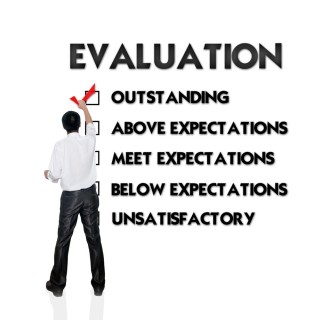The Impact of Job Satisfaction on Customer Experience
Try When I Work for free
 Companies who focus on customer service generally have one main goal: make the customers happy so they will keep coming back. It’s hardly arguable that you need satisfied customers to build loyalty and boost
Companies who focus on customer service generally have one main goal: make the customers happy so they will keep coming back. It’s hardly arguable that you need satisfied customers to build loyalty and boost
sales, but the path that leads to customers satisfaction is complex. While businesses spend countless time, money and energy trying to crack the code of converting one-time customers into regulars, they’re often distracted from a key player in the customer experience: employee attitudes about their jobs.
The road to greater customer satisfaction starts with internal changes, according to a 2011 University of Missouri study that analyzed 300 retail franchises. Christopher Groening, one of the study’s authors, says, “The link between customer satisfaction and customer loyalty is almost twice as strong when you have high employee satisfaction compared to when they are not satisfied with their jobs.” Similar findings have been seen in healthcare as well; A study conducted between the University of Wisconsin and Northwestern University found that hospital departments with high levels of employee satisfaction provide better patient experiences. To truly impact the customer experience, Groening suggests that managers begin by empowering and challenging their employees, creating a positive environment, and offering incentives or intangible benefits, like flexible working hours.
Giving employees more control through flexible working hours may play a large part in workplace happiness, according to Gretchen Rubin, author of The Happiness Project. In a list of seven tips to boost employee happiness, Rubin puts “Control” first. She says, “Research shows that people’s happiness is affected by their sense of control over their lives. Being able to do your own work in your own way, or to influence your environment, gives a big boost in satisfaction.” For instance, by implementing self-scheduling managers can empower employees by giving them more control over when they work, while also streamlining the scheduling process for managers.
When employees are happy with their jobs, the results don’t just show up on the faces of customer, but also on the bottom line. An employee-customer-profit chain analysis of 800 Sears stores found that when employees are positive about their jobs, they have more positive attitudes towards customers. The company quantified the data to find that a 5% increase in employee satisfaction led to a 1.3 percent increase in customer satisfaction, bringing a .5% increase in revenue growth.
While some of these findings may seem like common sense, businesses often forget that their employees are their biggest asset. Instead of instructing employees on how to act, or what to say to build customer satisfaction, employers should begin internally by empowering employees and giving them greater control. After all, the customer experience is largely determined by interactions with staff, and if those workers are happy, the customers should be as well.






